Chosen Theme: Identifying and Treating Woodworm in Vintage Furniture
Protect the stories hidden in old timber. Today we focus entirely on identifying and treating woodworm in vintage furniture—practical steps, honest tales, and confident care. Join the conversation, ask questions, and subscribe for ongoing preservation wisdom.
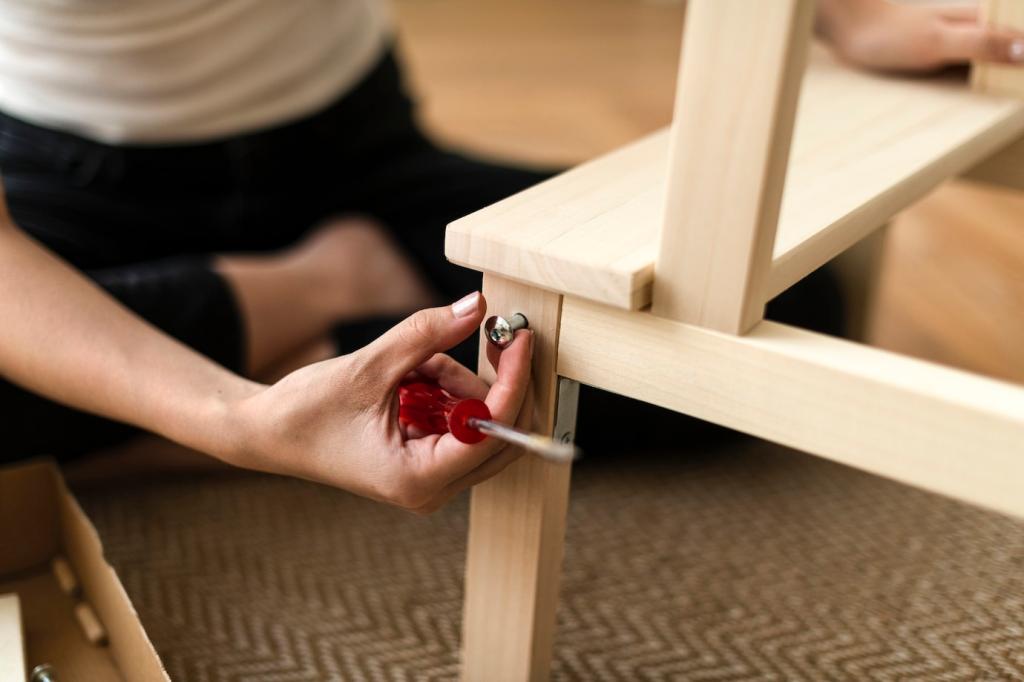
Spotting the Subtle Signs
Fresh, powdery frass beneath or inside drawers, crisp-edged exit holes about pinhead size, and delicate surface rippling often signal active woodworm. Share photos or descriptions in the comments, and we’ll help you compare notes.
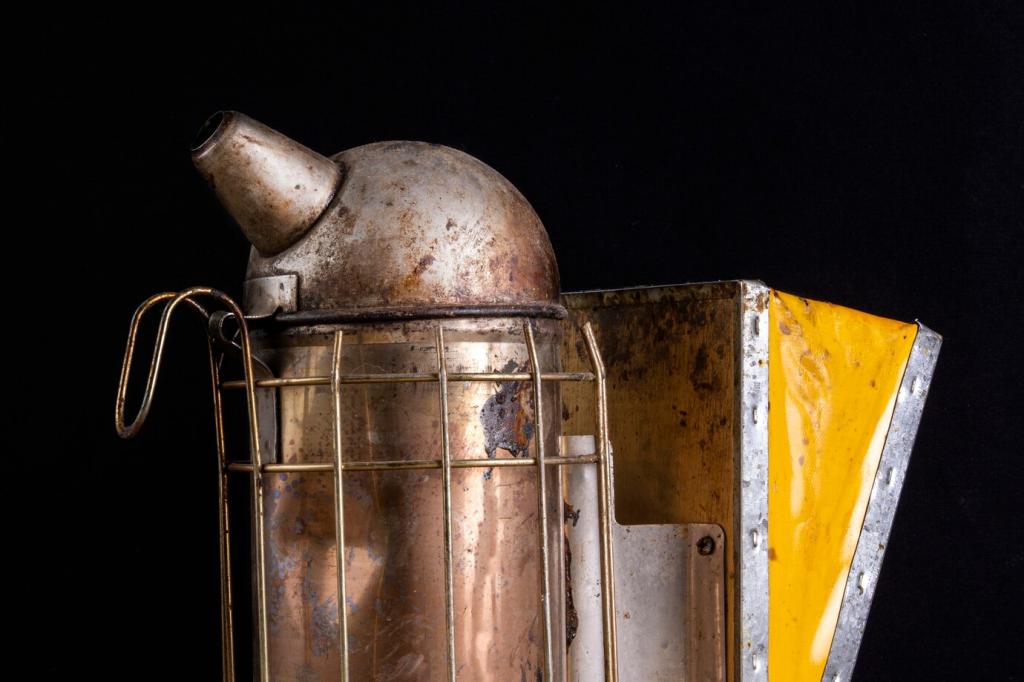
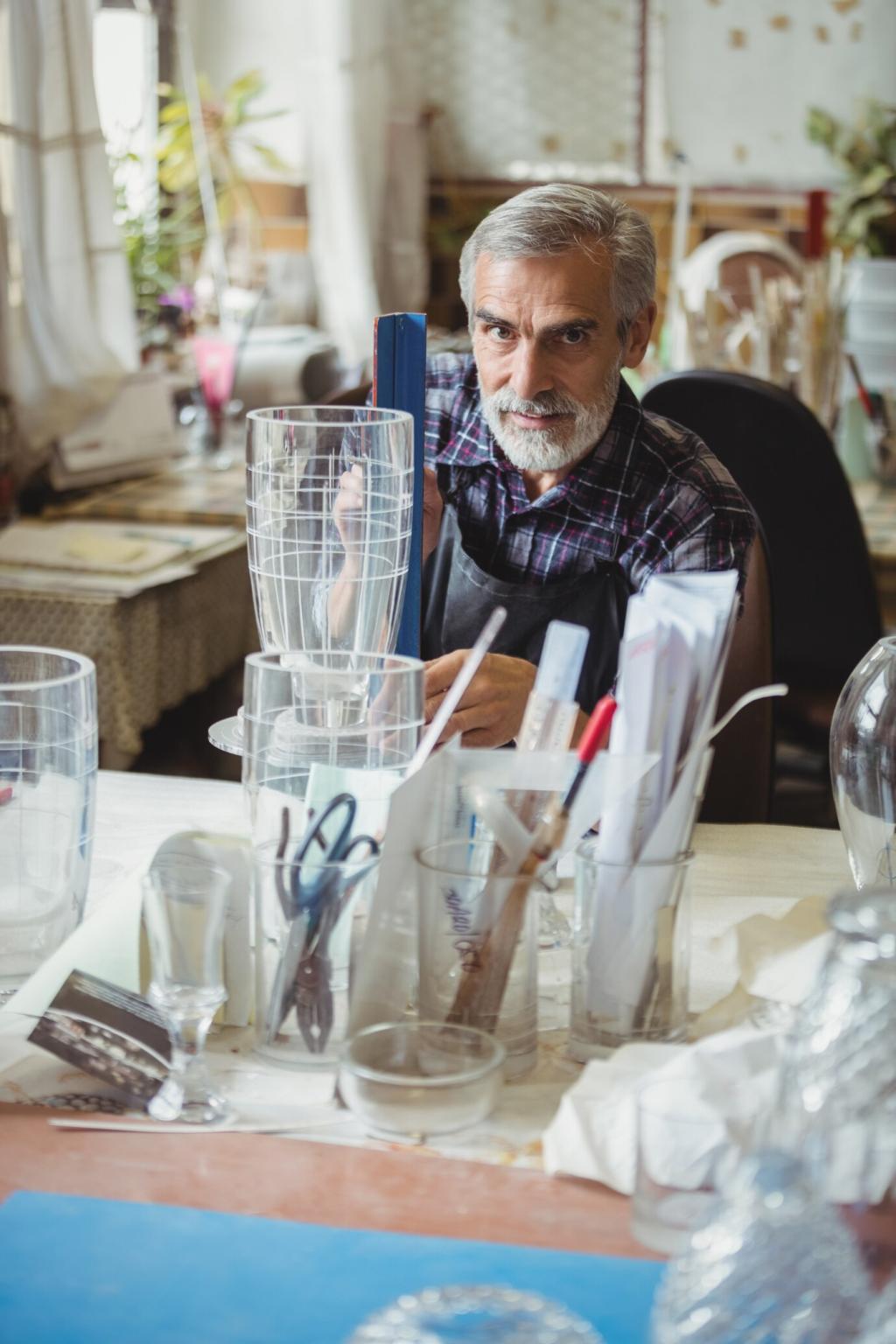
Spotting the Subtle Signs
Gently tap panels and rails; unexpectedly hollow or brittle zones can hint at internal tunneling. Run fingertips along rails, skirts, and stretchers; new holes feel sharper. Tell us what you discover during your careful inspection routine.
Know Your Wood-boring Culprits
01
Common furniture beetle leaves tiny, round holes and powdery frass in softer woods. Deathwatch beetle prefers seasoned hardwoods, often where decay exists. Share timber species and hole sizes below, and we’ll help you differentiate likely suspects.
02
Larvae quietly tunnel for years before emerging as adults, so visible holes may reflect past activity. Monitoring frass and traps over weeks clarifies status. Comment with your timeline observations to refine treatment timing together.
03
Elevated humidity and cooler, stagnant rooms invite infestation. Aim for steady indoor conditions, decent airflow, and avoidance of damp external walls. Tell us your climate conditions and we’ll suggest control tactics tailored to your home and collection.
Safe Assessment and Triage

When to isolate a piece
If fresh frass appears daily, move the item away from the collection and off carpets. Use a clean, sealed area for observation. Post your isolation setup ideas below to help fellow readers build safer staging zones.
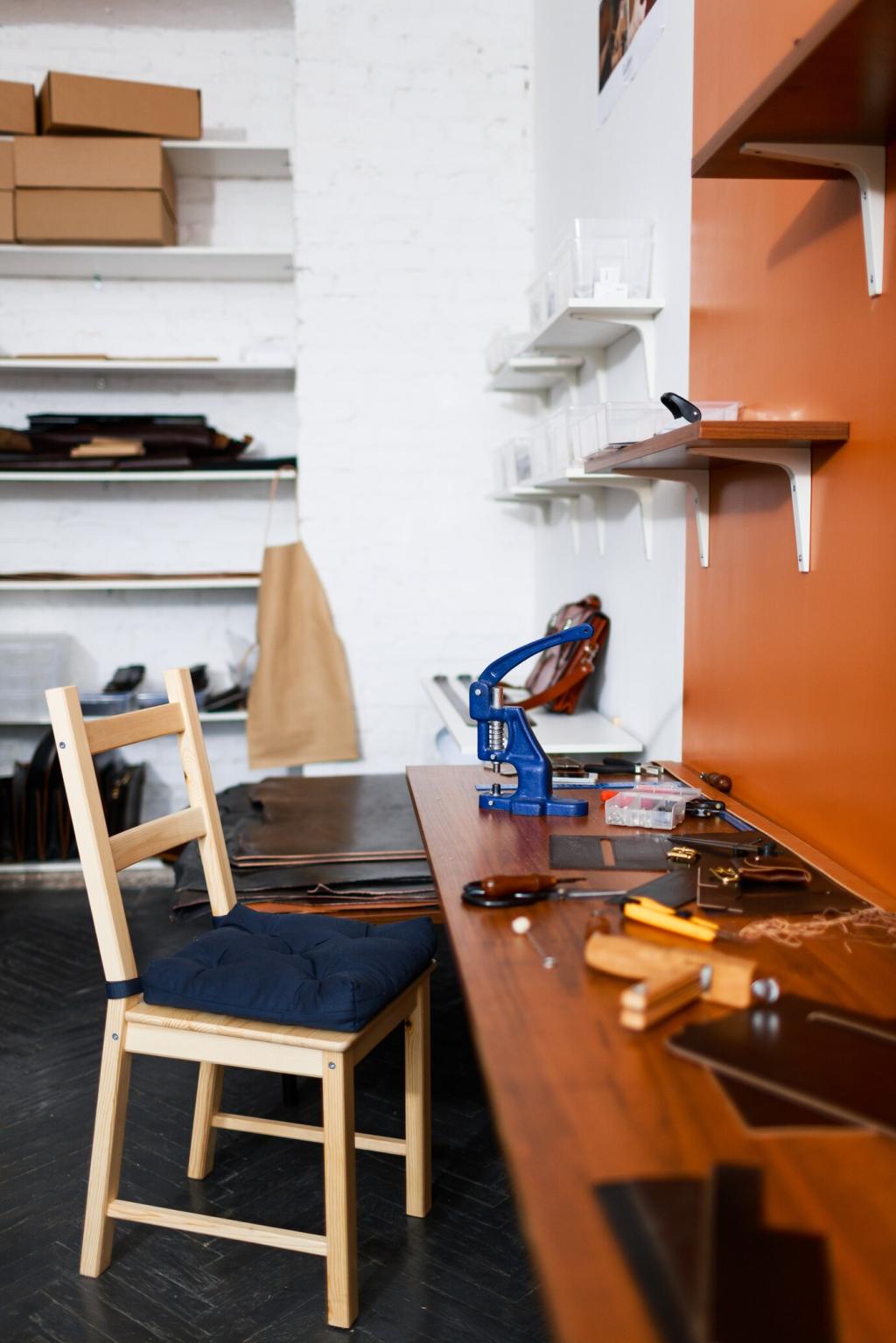
Old damage or active infestation?
Blunted holes, compacted dust, and stable weight usually mean historic damage. Crisp edges, powder piles, and newly formed holes point to activity. Share your before-and-after cleaning photos to track changes and get community feedback.
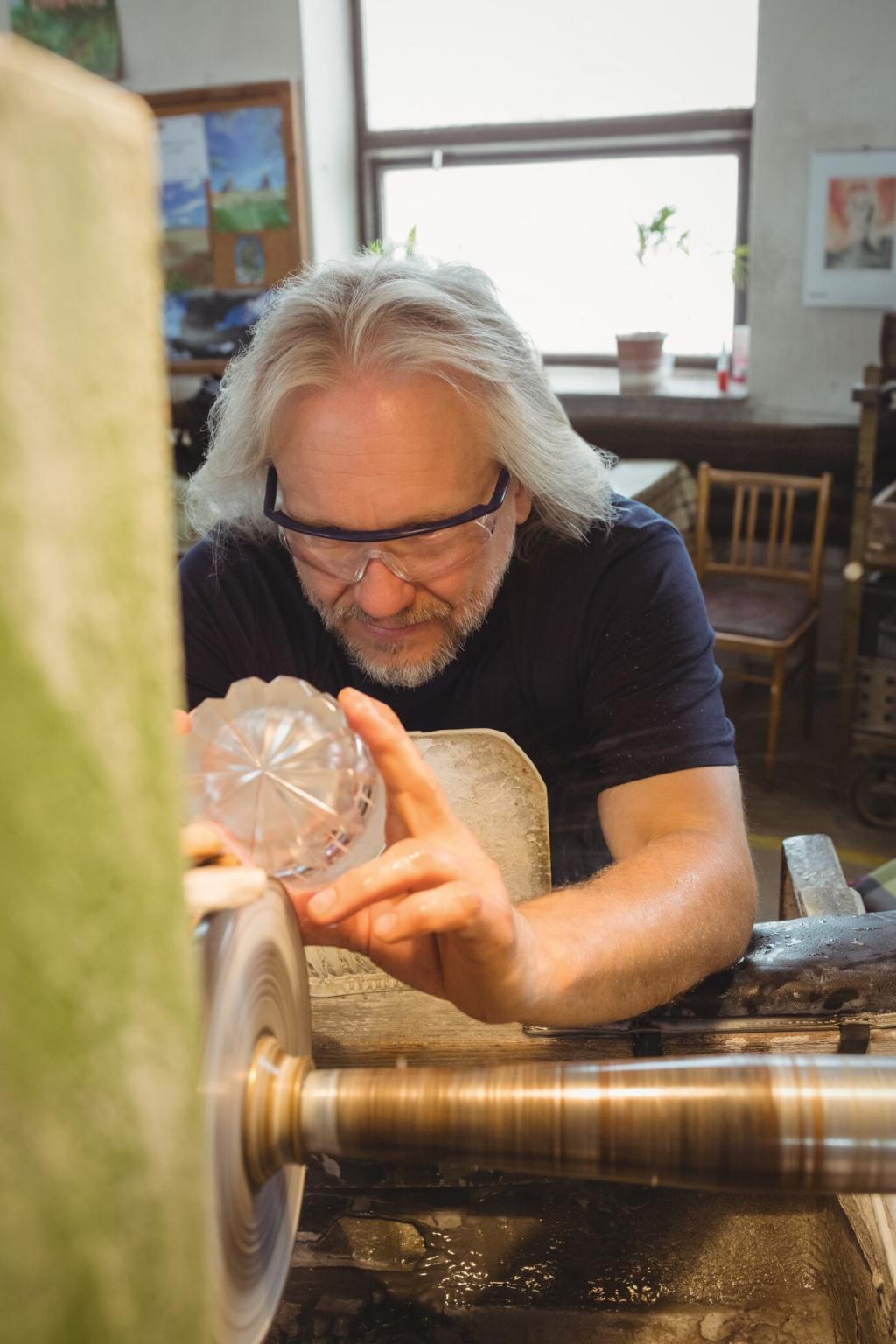
Consulting professionals without losing control
Request written assessments, proposed methods, and aftercare plans. Ask about boron use, heat protocols, and finish-safe practices. Comment with questions you’d pose to specialists, and we’ll crowdsource a smart, confidence-boosting checklist.
Effective Treatment Methods
Boron-based gels and liquids: deep reach, gentle impact
Boron compounds penetrate capillaries, targeting larvae with relatively low odor and finish risk when applied correctly. Mask delicate surfaces, test discreetly, and document progress. Tell us which products you trust and why—they help others decide.
Heat, freezing, and anoxic approaches
Carefully controlled heat or deep-freeze cycles can disrupt life stages effectively. Watch moisture reabsorption and adhesive sensitivity. Anoxic wraps starve insects of oxygen. Share your experience with temperature protocols for different woods and glues.
DIY or professional? Choosing confidently
Small, localized activity may suit careful DIY treatment. Widespread structural issues deserve professional oversight. Describe your piece, extent of damage, and comfort level in the comments, and we’ll help weigh risk versus cost together.
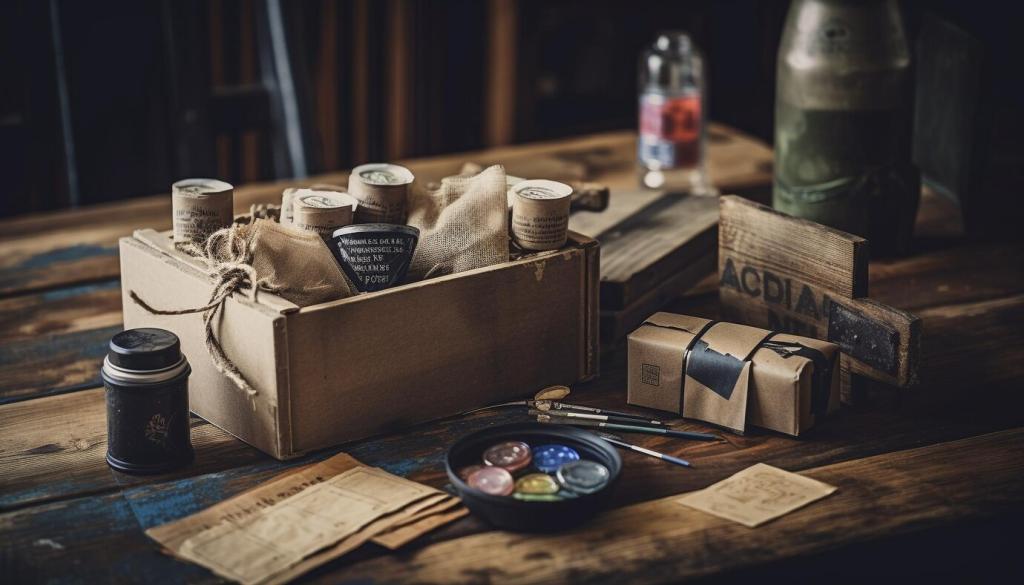
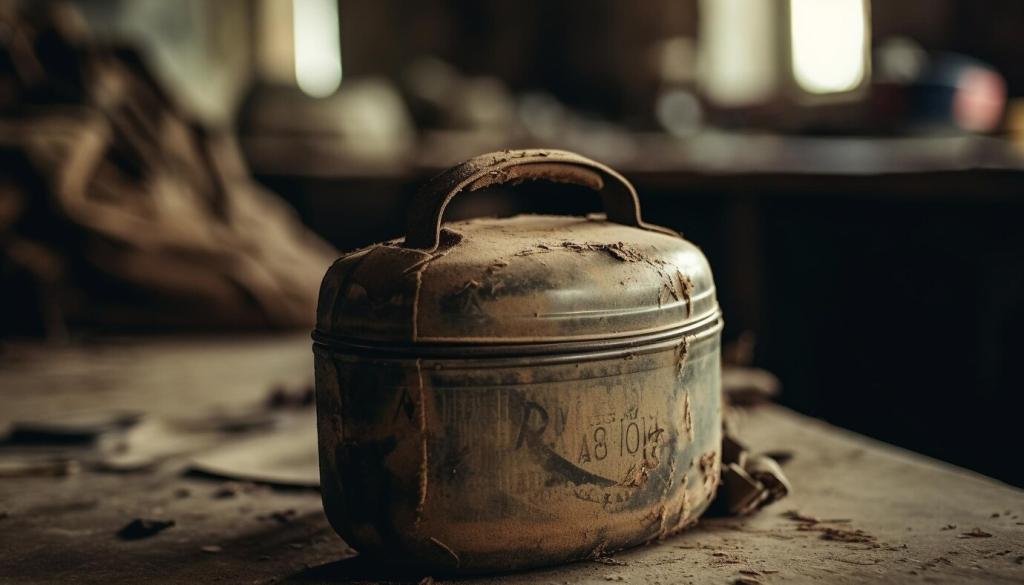
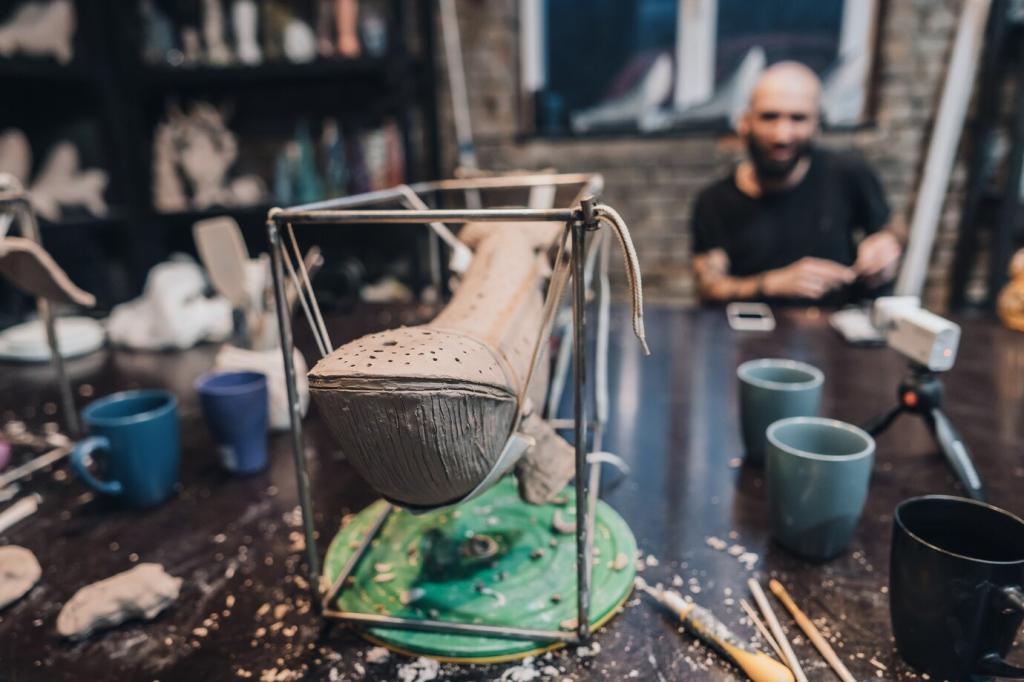
Prevention and Long-Term Care
Aim for roughly 45–55% relative humidity and consistent temperatures. Keep furniture off damp walls, elevate on glides, and allow subtle circulation. Share your room setups and dehumidifier tips to help readers fine-tune their spaces.
Quarantine new acquisitions, log inspection dates, and check undercarriages and drawer backs monthly. A simple notebook can save heirlooms. Comment with your checklist template, and we’ll compile a community guide everyone can download.
Waxed finishes add mild resistance and seal pores; oils enrich but may not deter insects. Scented sachets smell lovely yet lack hard evidence. Tell us which finish regime balanced beauty, breathability, and peace of mind for you.
Painting over holes does not cure infestation, vinegar is not a universal solution, and sunlight alone rarely suffices. Share myths you’ve heard, and we’ll unpack what truly works for vintage furniture preservation.
